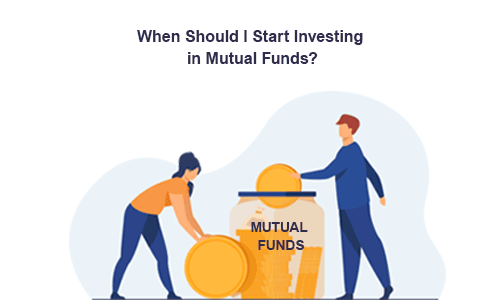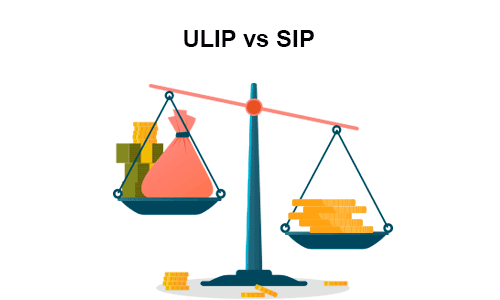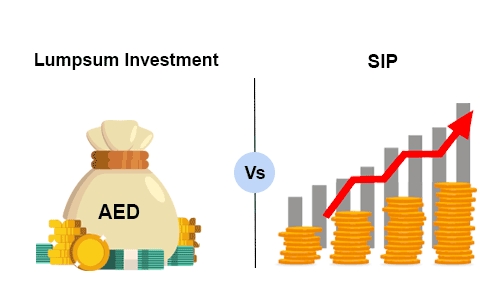Debt Avalanche – Your ‘Debt Disaster Management’ Guide
Every day, people are showered with advice about what is the best way to settle debts. However, let’s just agree on this fact – choosing the right way to repay your debt cannot be a “one-size-fits-all” method.
Several methods and techniques out there can help you settle your debts. Yet, the challenge lies in the fact that selecting the most suitable method could be a challenging task. What might work for one person may not work for the other.
With that said, the two most common methods used by individuals for settling debts are debt avalanche and debt snowball. If you are working on paying off your debts, you can certainly try the debt avalanche method.
This write-up will shed some light on what is debt avalanche and how it works. You would also get to find out more about the benefits of the debt avalanche approach to settling debts.
Table of Content
Debt Avalanche Method – A Descriptive Overview
Using the debt avalanche approach, you can repay your debts with higher interest rates. As per its core ideas, you would need to start from the top instead of repaying smaller debts and gradually working up to the top.
Here, the idea is to repay all your high-interest debts before the lower-interest debts. It is because the former often results in higher interest payments in the long run. This method for debt settlement is ideal for people who want a more calculative approach to repaying debts.
According to experts, debt avalanche is an organised way to get rid of debts in a faster and more affordable manner. After paying off high-interest debt, you can then move to the next-highest interest loan. This step continues till all of your debts are settled.
How Does Debt Avalanche Work?
The debt avalanche approach works the following way –
- Make a list of all the outstanding debts
The outstanding debts could belong to any of the following categories –
- Credit cards
- Student loans
- Medical debts
- Personal loans
- Auto loans
- Outstanding utility bills
Note down the amount you owe for each of these debts, the monthly payments, and the interest payable. You can also record the due dates of these payments.
Arrange the debt list with high-interest debts at the top
Make a list of your debts starting from high-interest debts to low-interest ones. This list will help you prioritise the repayment of your high-interest debts. However, while your target is to get rid of high-interest debts, make sure you are directing minimum payments towards other debts as well, as this will keep you from falling behind on your payments and prevent you from hurting your credit score. Whatever extra funds are left, use them to repay the high-interest debts. You can also use the extra money that you earn to repay your debts, as this can help you settle the high-interest debts in full.
Continue the process till your debts are repaid
Once you have settled your highest-interest debts, start off paying your next-highest-interest debt. Channel more money towards the new debts as you no longer need to make minimum payments on the settled debts. Update the list monthly as your balance decreases and debts get settled.
How to Make Debt Avalanche Strategy Work for You?
To make this strategy work, you can consider following these tips –
- Stick to a stringent budget so that you can channelise more money towards paying off your high-interest debts
- Once you have paid a high-interest debt, use the money that you allocated for paying extra for the high-interest debt to repay the next high-interest debt
When you are consistent with this approach, you not only settle the debts faster but also become a better manager of your funds and expenses over time.
Advantages of Using Debt Avalanche to Settle Debts
Debt avalanche reduces the interest accrued over time. As you begin to pay off your principal amount, you start saving more and can repay the debt faster.
The following are the major benefits of this debt settlement method –
- When you pay a high-interest debt, you settle the debt that costs you the most. This makes it a considerably cost-effective approach.
- It motivates you to settle all your debts faster as you have already settled the debt with a high-interest rate
- This debt repayment method is suitable for you if you want to repay your debts quickly and do not have any habitual issues
Key Takeaways
- Under the debt avalanche method, you directly start at the top rather than repaying small debts first and slowly going up to the top. The aim here is to repay all your high-interest debts before the lower-interest debts.
- The debt avalanche method is a systematic way to settle debts in a faster and more cost-effective manner. Once you pay off high-interest debt, you move to the next-highest interest loan. This process keeps on going till all your debts are settled.
- To use the debt avalanche method smartly, you should first make a list of all the outstanding debts and arrange the high-interest debts on top of the list.
- Repay the debts that cost you the most money in terms of interest, followed by the next-highest-interest debt. Continue the process until all your debts are settled.
- To make sure the approach remains effective, you should stick to a strict budget.
- This debt repayment method is suitable for you if you want to repay your debts faster and don’t have any problems regarding overspending and more.
- This method motivates you to settle your debts faster, as you have already settled the debt with a high-interest rate.
Policybazaar UAE – Helping you navigate the wilderness of the insurance world!

More From Investment
- Recents Articles
- Popular Articles













.jpg)











.jpg)
.jpg)









